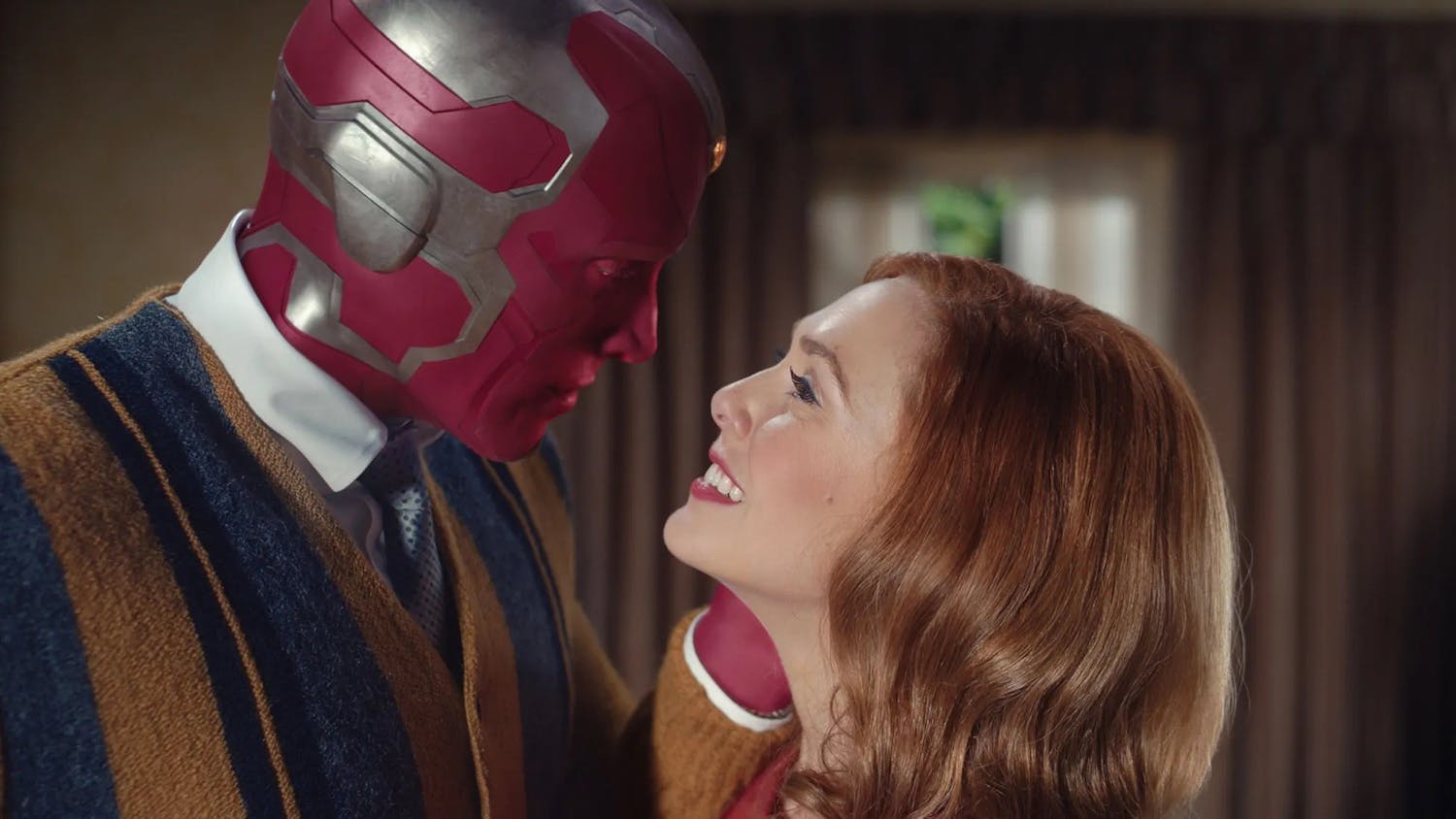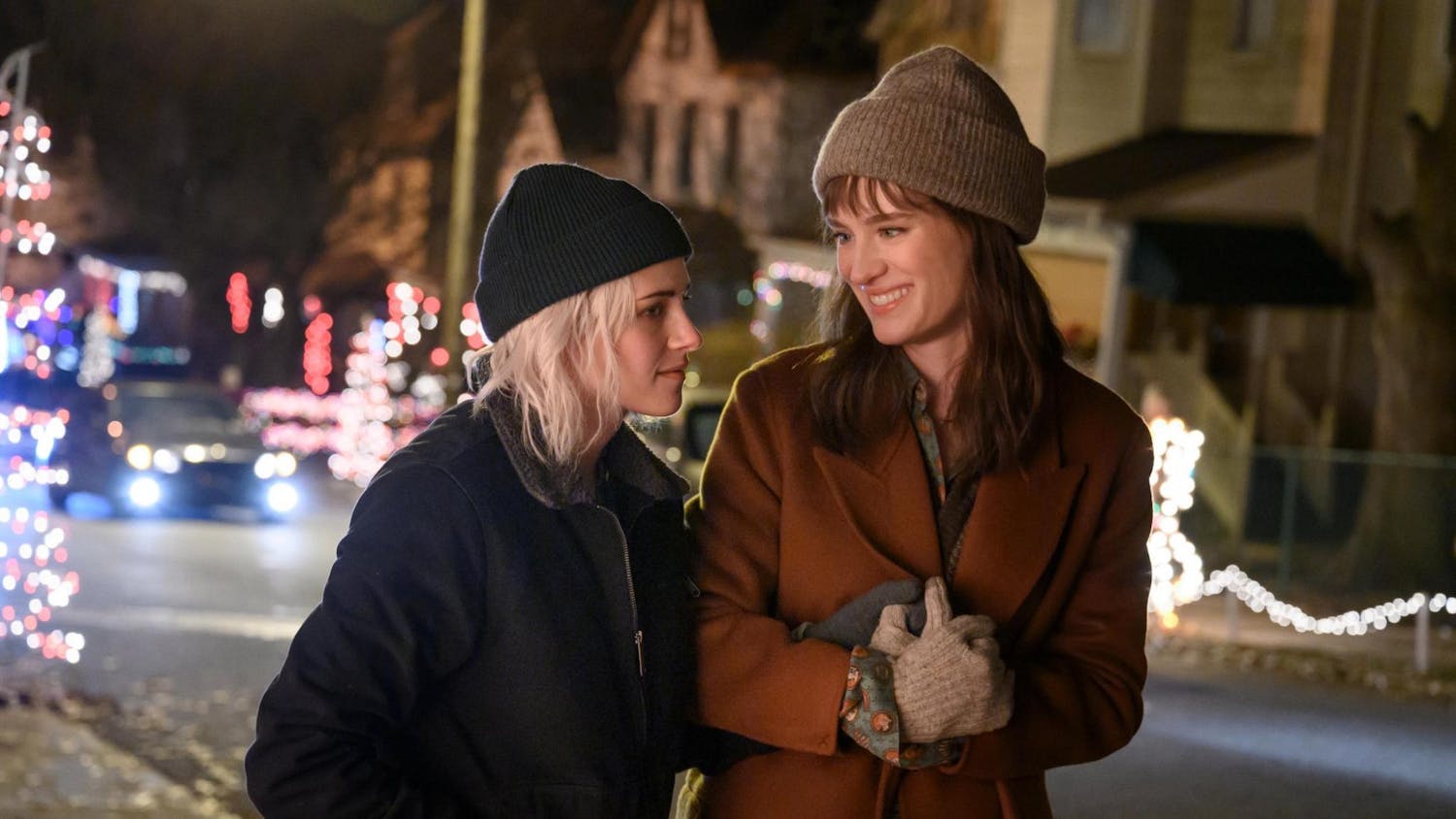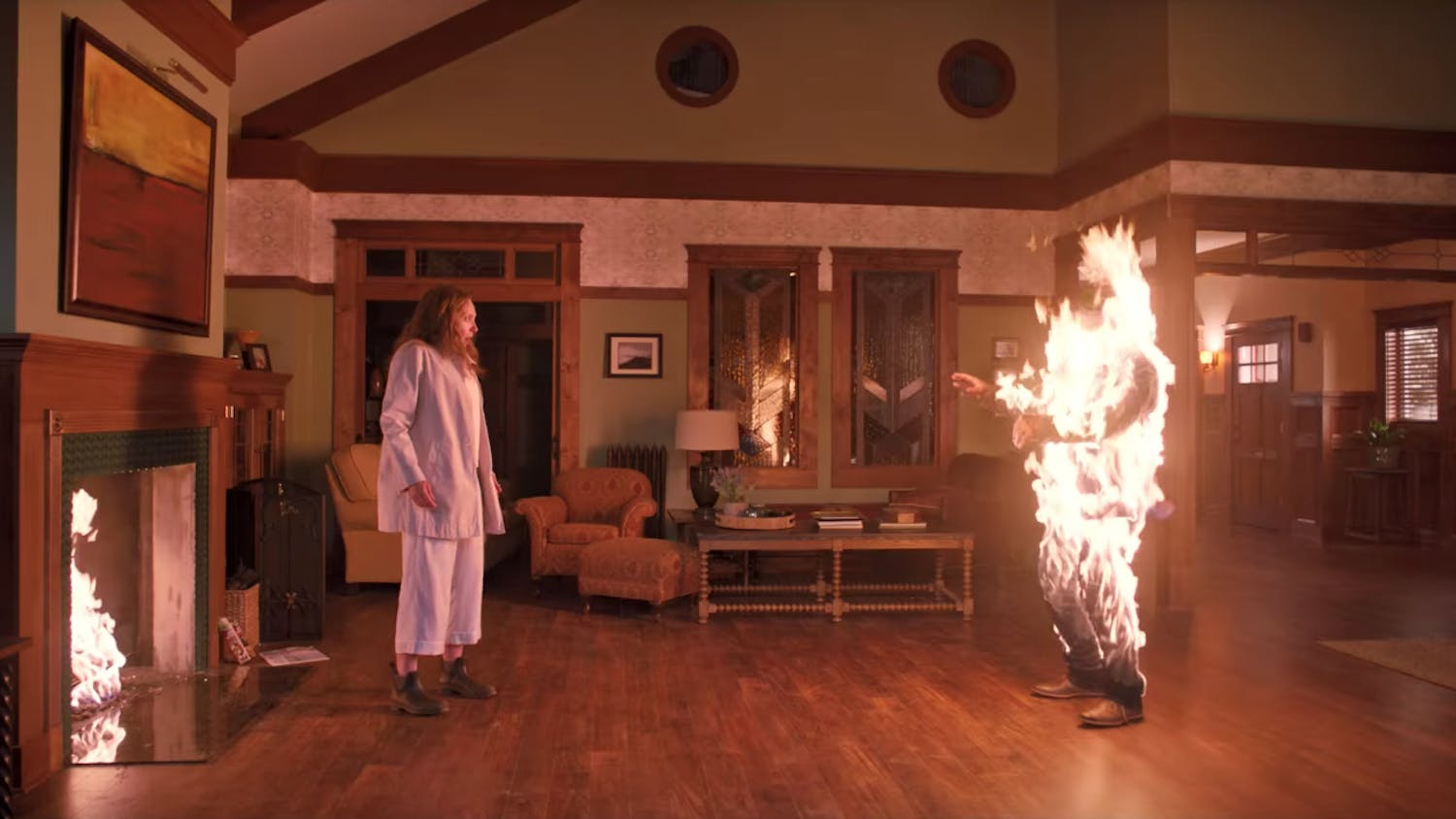Pedro Almodóvar is one of contemporary cinema's most polarized figures—note that I said ""polarized"" and not ""polarizing."" He's a two-gear performer: a director working 60 years too late to flourish in the mythical Hollywood to which he so often alludes and 40 years too late to be an art-house bad boy like the transgressive European filmmakers to whom he so frequently nods. The last decade of Almodóvar's 30-year career has been marked by Oscar-friendly melodramas (2002's underwhelming ""Talk to Her"") and attention-starved attempts at provocative profundity (2004's secretly gun-shy ""Bad Education""). I'm no great fan of either of Almodóvar's two recent modes, so I was quite surprised to find that his latest film, ""Broken Embraces,"" is 2009's last-gasp masterpiece.
Much has been made of ""Broken Embraces"" star Penelope Cruz's status as Almodóvar's muse du jour—so much, in fact, that the whole shtick seems a bit disingenuous. Yet in ""Broken Embraces,"" Cruz is an abstract ideal of beauty made flesh. Her performance is pleasantly difficult to behold: She seems to operate in no fewer than four emotional registers all at once. She twice gets pushed down an elegant set of spiral stairs, she wrestles in bed with both a loathsome billionaire and a sympathetic filmmaker, she gets topless and vomits and she plays the protagonist in each of the films-within-the-film. In short, she's all over the place.
Speaking of gorgeous surfaces, there's something to be said for the use of color in ""Broken Embraces."" Though the film's intense reds and blues resemble the compositions of Almodóvar's idol Douglas Sirk, an all-time master of the discreetly subversive melodrama (though there's nothing discreet about Almodóvar's subversion), the palette in ""Broken Embraces"" is more akin to that of Vincente Minnelli, another Hollywood legend who had a penchant for the polychromatic and the over-the-top. In Sirk's films, color functions to evoke his characters' irrepressible emotions, deliberately hokey and artificial as those emotions may be. For Minnelli, color transforms the frame into a pictorial minefield, an image of space that's laden with objects impressing themselves forcefully upon the viewer's consciousness. So it's by no means a backhanded compliment to suggest that Almodóvar's own use of color is more Minellian than Sirkian.
""Broken Embraces"" also has a cleverly structured narrative. The film constantly skips from the present to the past and back again. It's got flashbacks within flashbacks, films within films and secrets within secrets. Unlike the films of Alfred Hitchcock—an explicit point of reference for Almodóvar—""Broken Embraces"" isn't out to conjure suspense by withholding information from its characters. Instead, Almodóvar is content to pile intrigue upon intrigue. It's too easy to compare ""Broken Embraces"" to Hitchcock's ""Vertigo,"" but the two movies are undeniably alike in the following way: both treat the present as a moment for discerning, however blindly, the future within the past. Hitchcock's style of narration caused critics to call him a poet and a philosopher; only time will tell whether ""Broken Embraces"" is as swollen with ideas as films like ""Vertigo.""
It should be clear by now that you can't discuss ""Broken Embraces"" without discussing the history of cinema. However, Almodóvar's love letter isn't merely addressed to a bygone era of commercial filmmaking: ""Broken Embraces"" is an inversion of Jean-Luc Godard's ""Contempt,"" one of the greatest films ever made and certainly the greatest film ever made about filmmaking. Like ""Contempt,"" ""Broken Embraces"" is a three-way brawl between love, money and art. In ""Contempt,"" the girl leaves the work-obsessed artist for the flush capitalist and ends up receiving a tragic comeuppance. The much soapier story of ""Broken Embraces"" is just the opposite, yet its resolution is no less tragic. As if things weren't intertextual enough already, ""Contempt"" was a compilation of references to film history, and one of its most salient allusions was to Roberto Rossellini's ""Voyage in Italy,"" a film that ""Broken Embraces"" visually quotes. If you're going to pay tribute to the great directors of the past, you could do worse than to give props to figures like Godard and Rossellini.
""Broken Embraces"" breaks little if any ground, and it's tough to imagine films nodding to it the way that it nods to the giants of Hollywood and European cinema. That said, it's art-house comfort food: a big budget film that doesn't take itself too seriously and doesn't purport itself to be an improvement upon the works of the masters. ""Broken Embraces"" isn't for everyone, but if you've got a serious passion for the seventh art, this film would probably be way up your alley.





